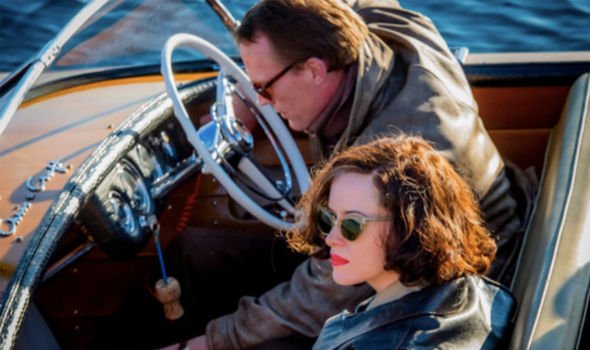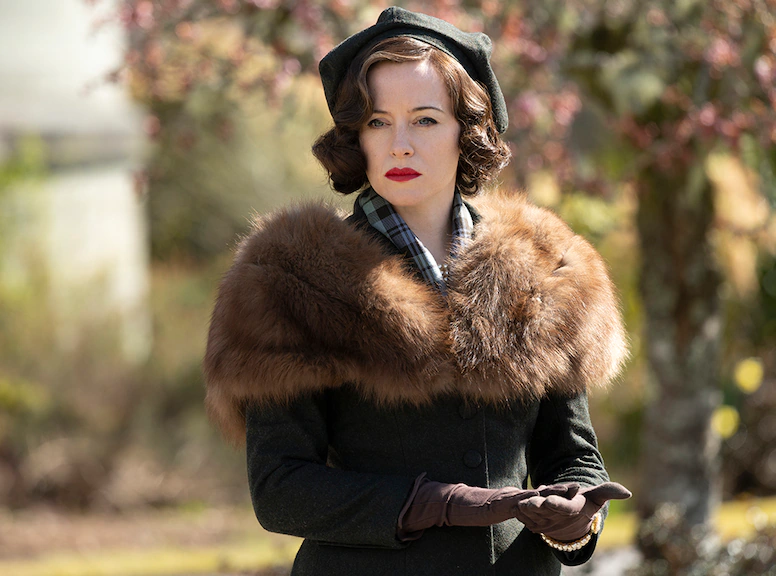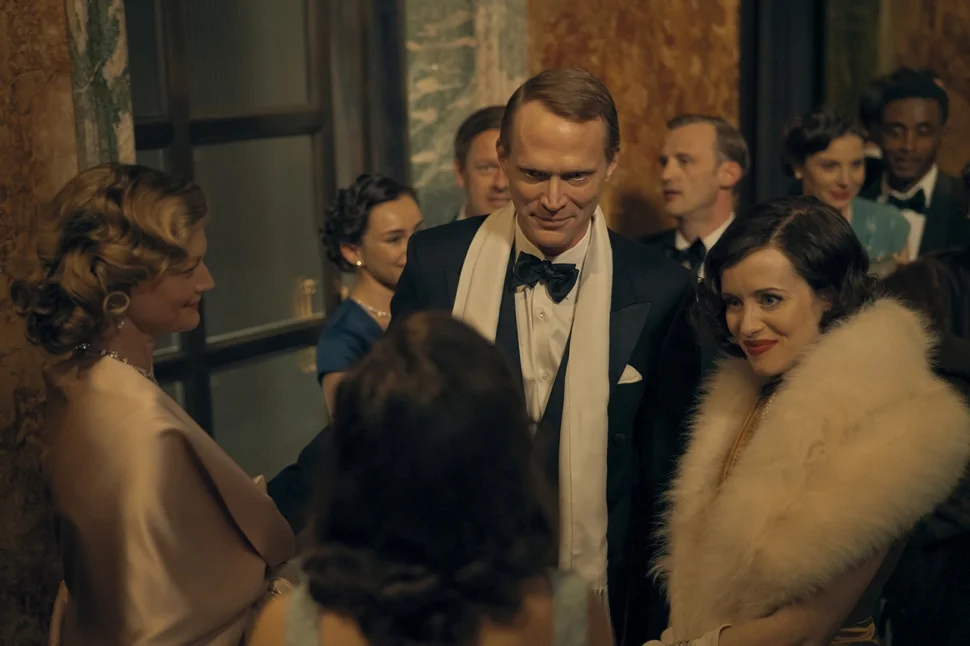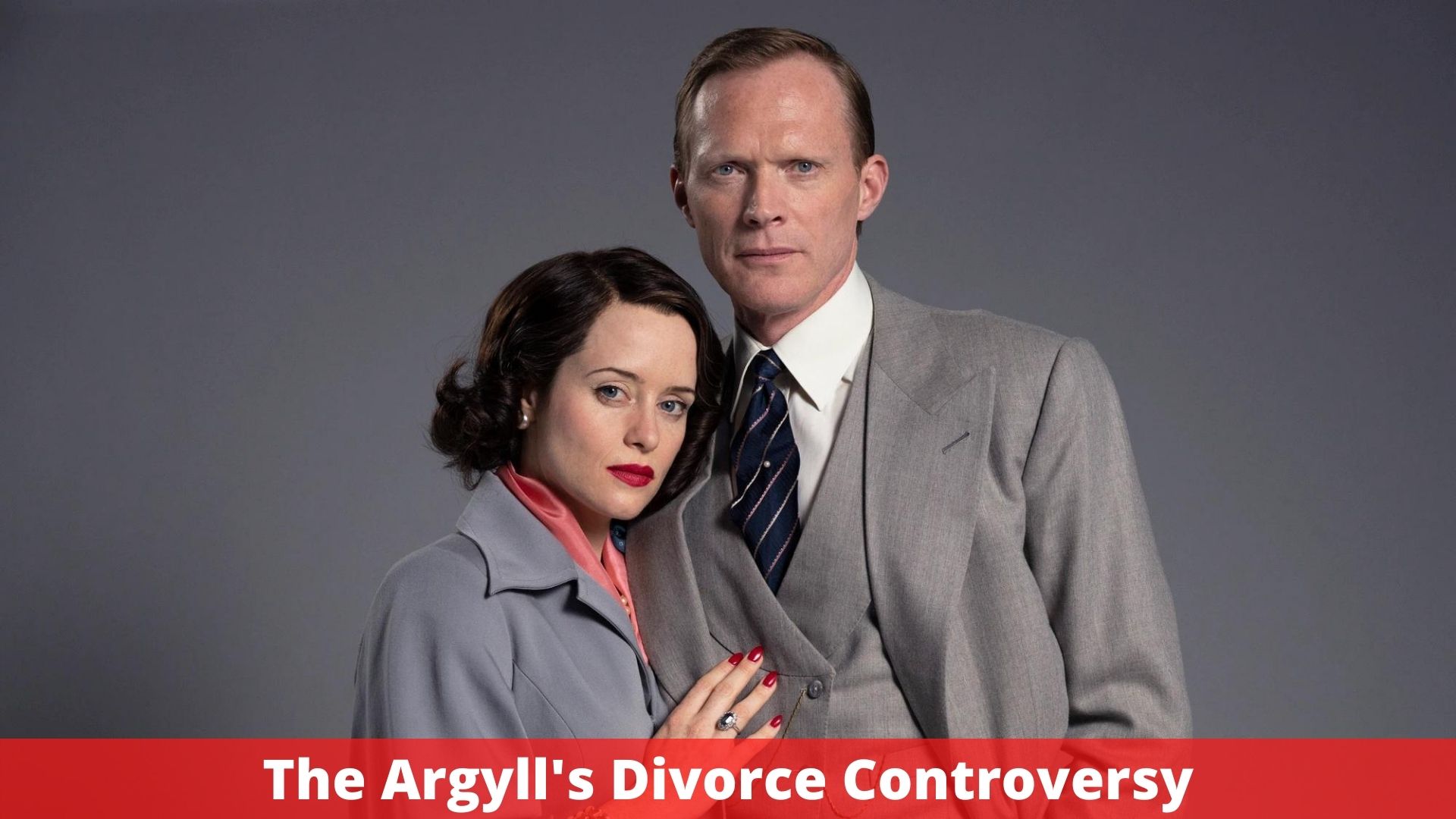The first episode of a new BBC drama has aired. A Very British Scandal will transport viewers to a tumultuous social divorce in which one woman’s image was dragged through the gutter in 1960s tabloids. Sarah Gristwood, a biographer and historian, looks at the real persons at the centre of the drama, including the so-called “headless man,” and how the case reflects a nation’s changing attitudes…
Since her debutante days, Margaret Campbell, the gorgeous Duchess of Argyll, had been a star – and a source of scandal. But she was only known for one thing: her marriage to the Duke of Argyll, which ended in the so-called “divorce of the century” in 1963. According to the presiding judge, polaroids taken by her husband and produced in court showed her naked but for her distinguishing pearls, engaged in “a disgusting sort of sexual intercourse” with an unnamed male.
In the 1960s, the divorce shocked Britain, signalling a shift in the country’s thinking. It’s possible that a sense of the duchess, and indeed the duke, as living, breathing human beings was lost along the way. The Argylls in Claire Foy and Paul Bettany’s A Very British Scandal must be trying to change that. However, it is this story that gives new meaning to the saying “reality is stranger than fiction.”

Margaret Whigham, the daughter of a self-made millionaire from Scotland who was reared mostly in New York, grew up in a world of opulence but emotional unrest. By the age of 19, she had been married four times: to Prince Aly Khan, the Earl of Warwick, son of newspaper magnate Lord Beaverbrook, and married billionaire sportsman Glen Kidston. According to one would-be biographer, she was also pregnant by a young David Niven and had an illegal abortion. She married Charles Sweeny, a wealthy American-born socialite and businessman, at the age of 20; the occasion generated such a commotion that Knightsbridge traffic was halted for three hours. Mrs. Sweeny’s notoriety was such that she was mentioned in a line from Cole Porter’s iconic song “You’re The Top.” However, the couple divorced in 1947 after 13 years, two children, a stillbirth, and eight miscarriages — a very peaceful divorce by today’s standards.
Also Read: Apple CEO Tim Cook does not want you to sideload apps onto your iPhone
Margaret’s four-year marriage to the 11th Duke of Argyll, on the other hand, was fraught with complications from the start. Ian Campbell was the clan head, as well as the Hereditary Master of the Royal Household and a variety of other titles. But he was also addicted to alcohol, gambling, and prescription drugs, from his time as a POW in Germany. His two prior wives spoke of his physical and mental abuse, as well as his ruthless determination to use their money to keep Inveraray Castle, his family seat, intact. Norman Mailer, who married the Duke of Argyll’s daughter from a previous marriage, described him as “one of the coldest, nastiest guys I’ve ever known.”
The Duke And Duchess Of Argyll Divorced For What Reason?
The divorce action ended a five-year court battle in which the Argylls sued and countersued each other. During the lengthy legal process, Margaret created evidence to imply the duke’s children from a prior marriage were illegitimate. Due to this, the duke was unable to enter Inveraray and searched her residence for personal information. Among them were the polaroids.

The images showed a woman, Margaret, wearing her distinctive three-strand pearl necklace, falling for a male. When the images were used as evidence in the divorce proceedings, the identity of the man whose head was obscured and who Margaret would never name came to light.
Three huge controversies erupted in early 1963, all involving press and public views. The KGB blackmailed a British embassy clerk in Moscow who was photographed in bed with three other naked men. The KGB caught him in England in October 1962 and sentenced him to life in prison. This led to the resignation of a Lord of the Admiralty and a witch hunt in official circles, according to Vassall.
Also Read: Do you have a huge desire for the new MacBook Air – We’ve Got awful news for you
In the same spring of 1963, the Profumo Affair surfaced. John Profumo met Christine Keeler at Cliveden in the summer of 1961. Sniper Eugene Ivanov was also present. Profumo met Keeler at the front entrance while the Russian agent left at the back. In the autumn of 1962, two of Keeler’s other partners got into a knife fight. She informed the papers she had a better narrative in January 1963. Affair Vassall: two journalists jailed in February for refusing to identify sources.

Argyll, like the other two high-profile scandals in the spring of 1963, had other tangled ties. The case revealed sex, politics, and Fleet Street-Establishment ties. Even in the early 1960s, a new sexual ethic was coming.
The duchess and the men suspected of being her headless lover were interviewed in private by Lord Denning, Master of the Rolls, just weeks after the Argyll divorce was finalised. It was her intimate association with Duncan Sandys that put her life in jeopardy.

